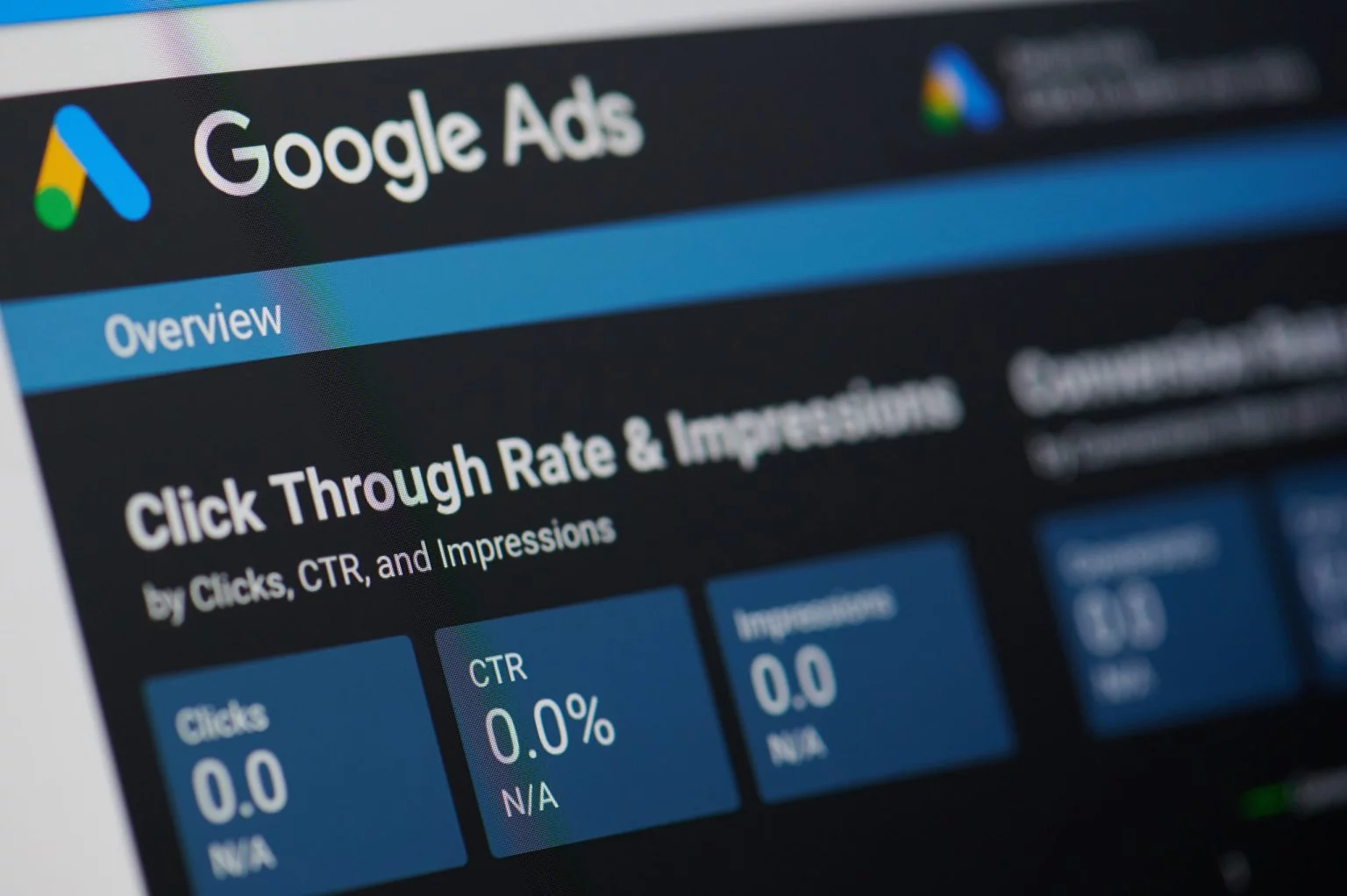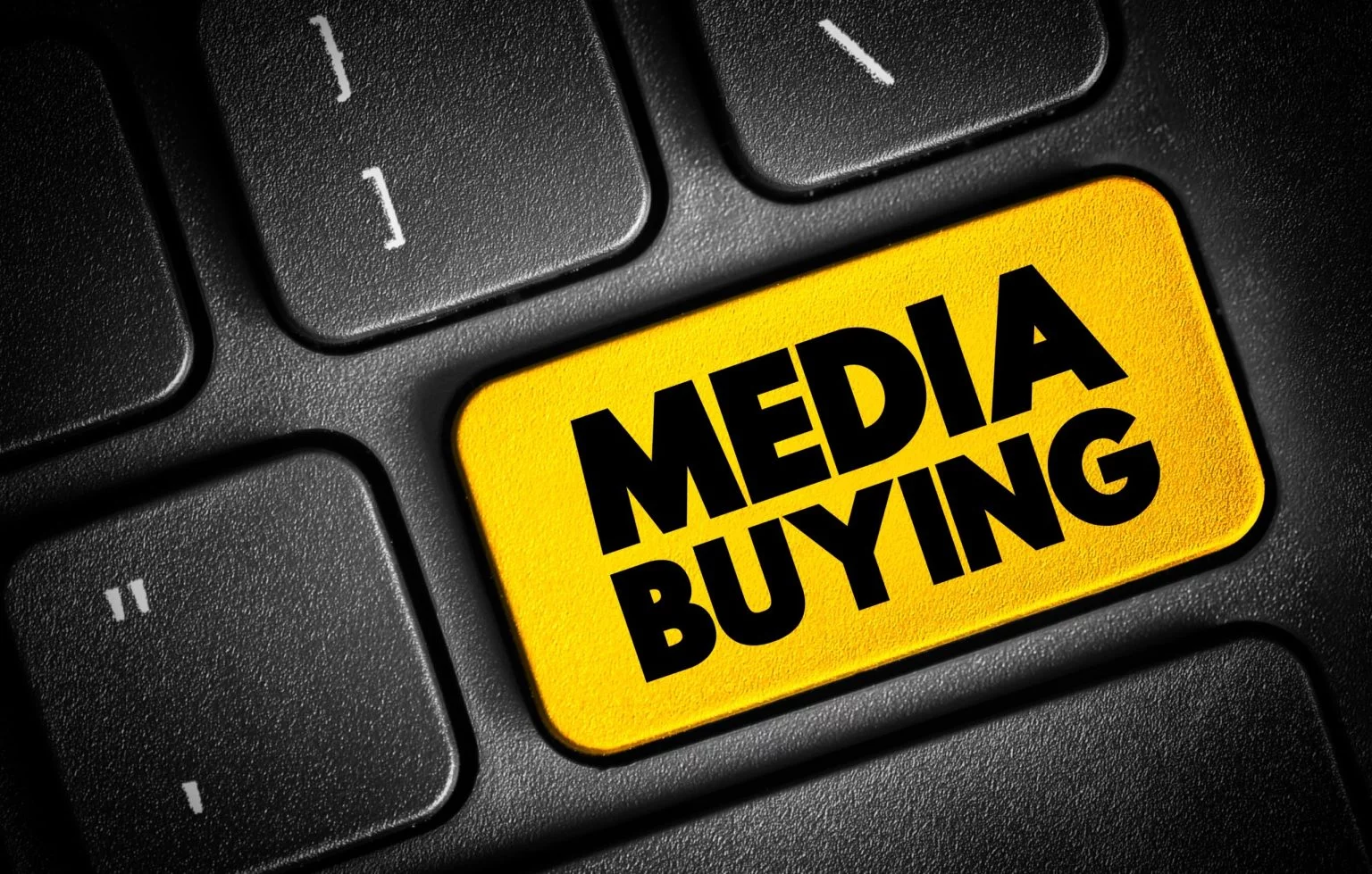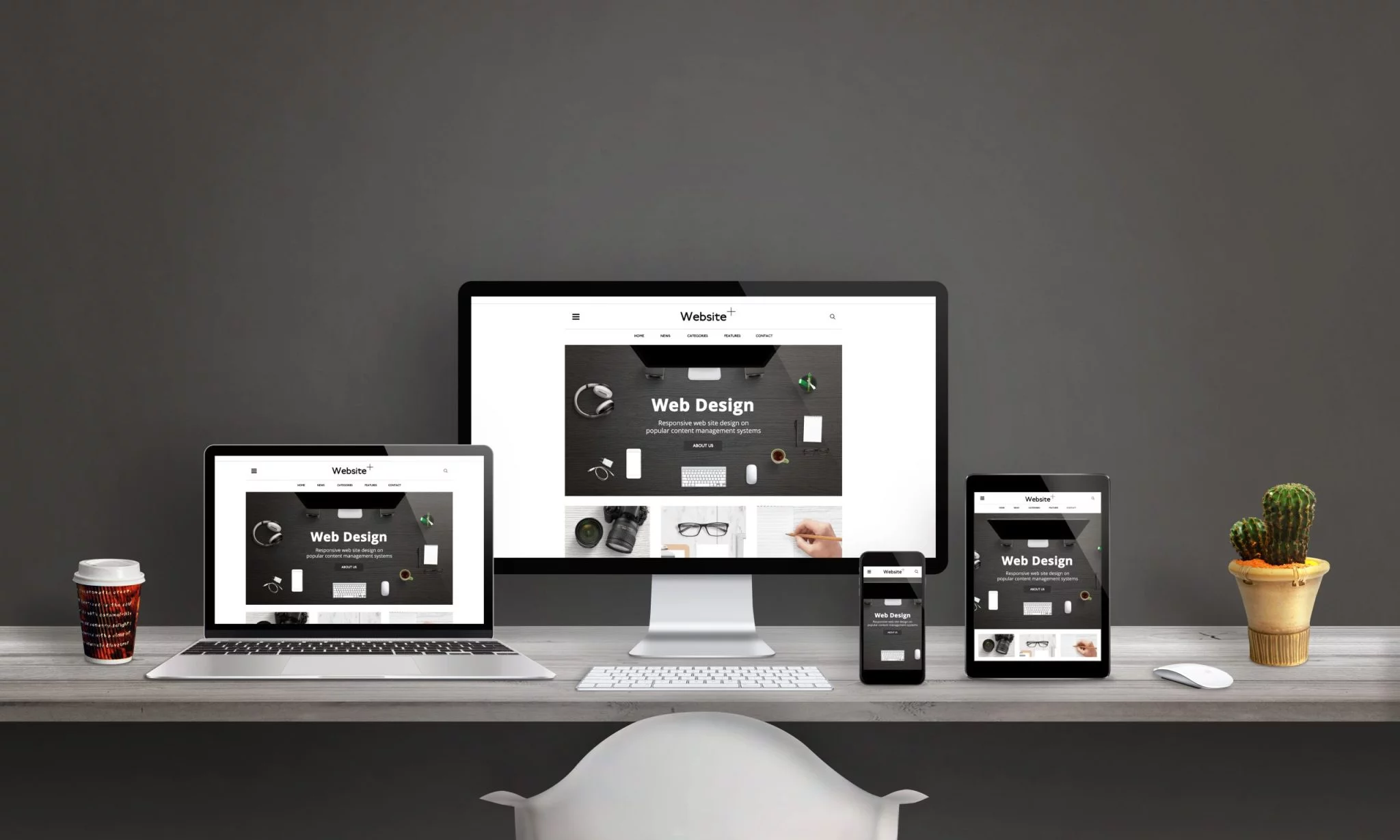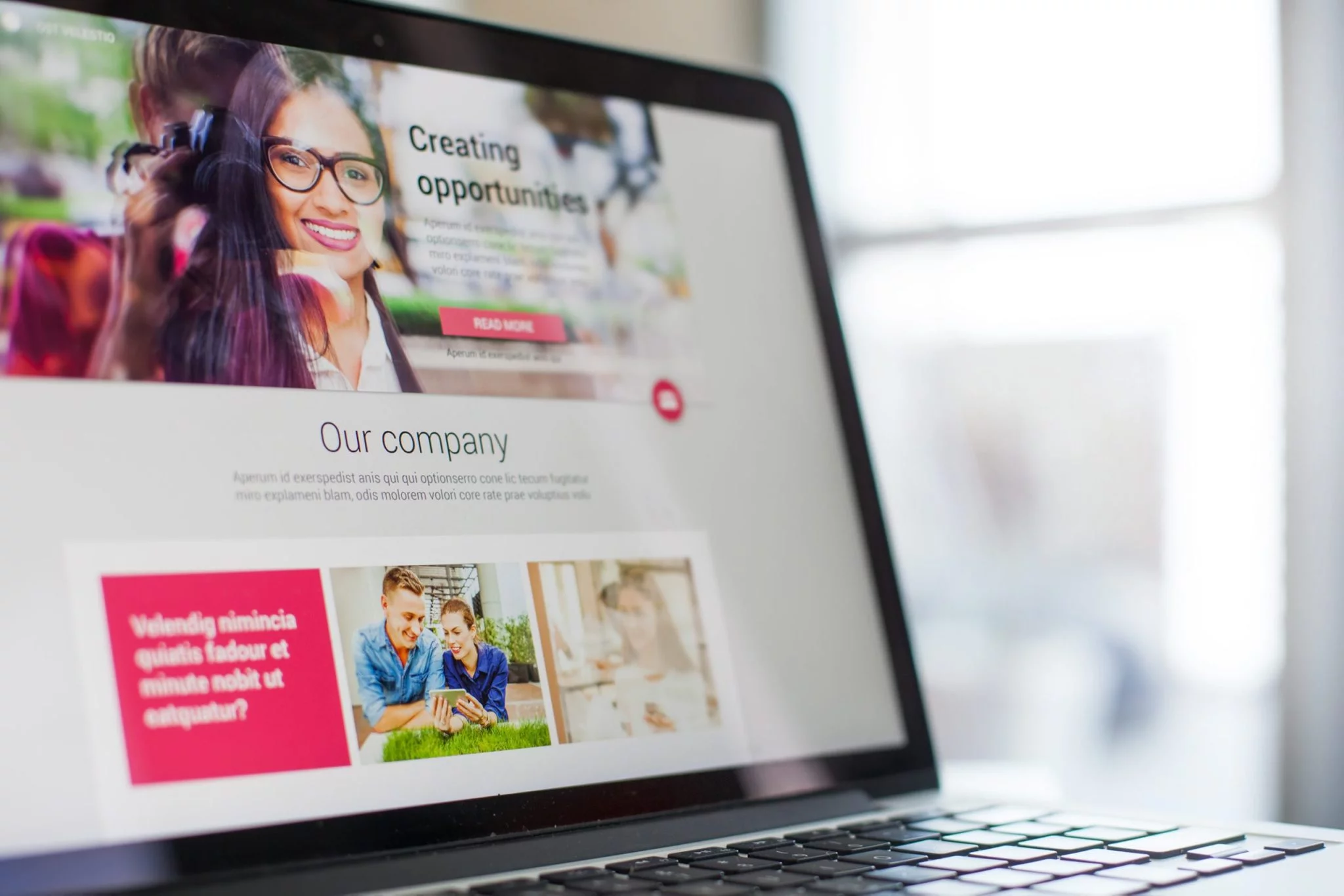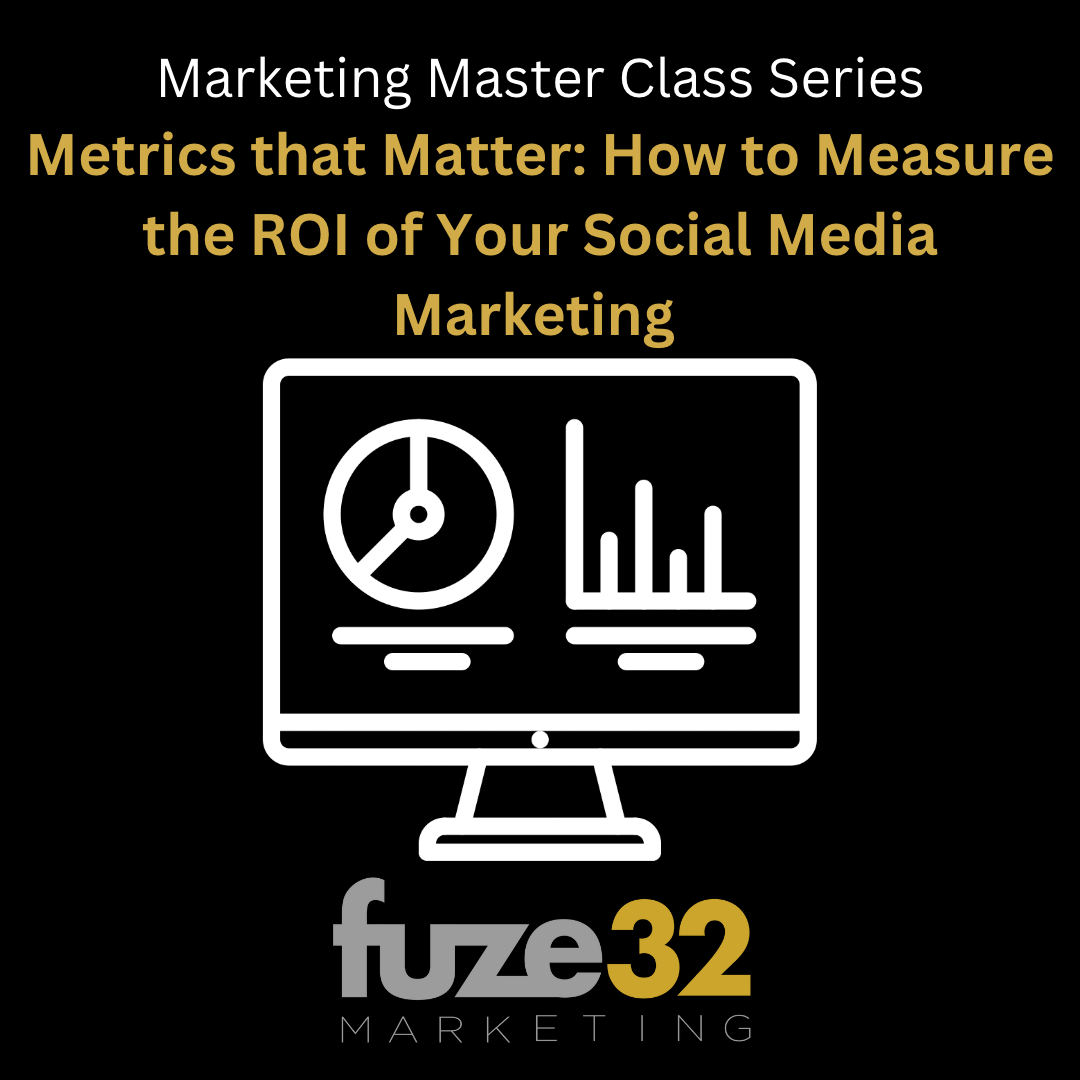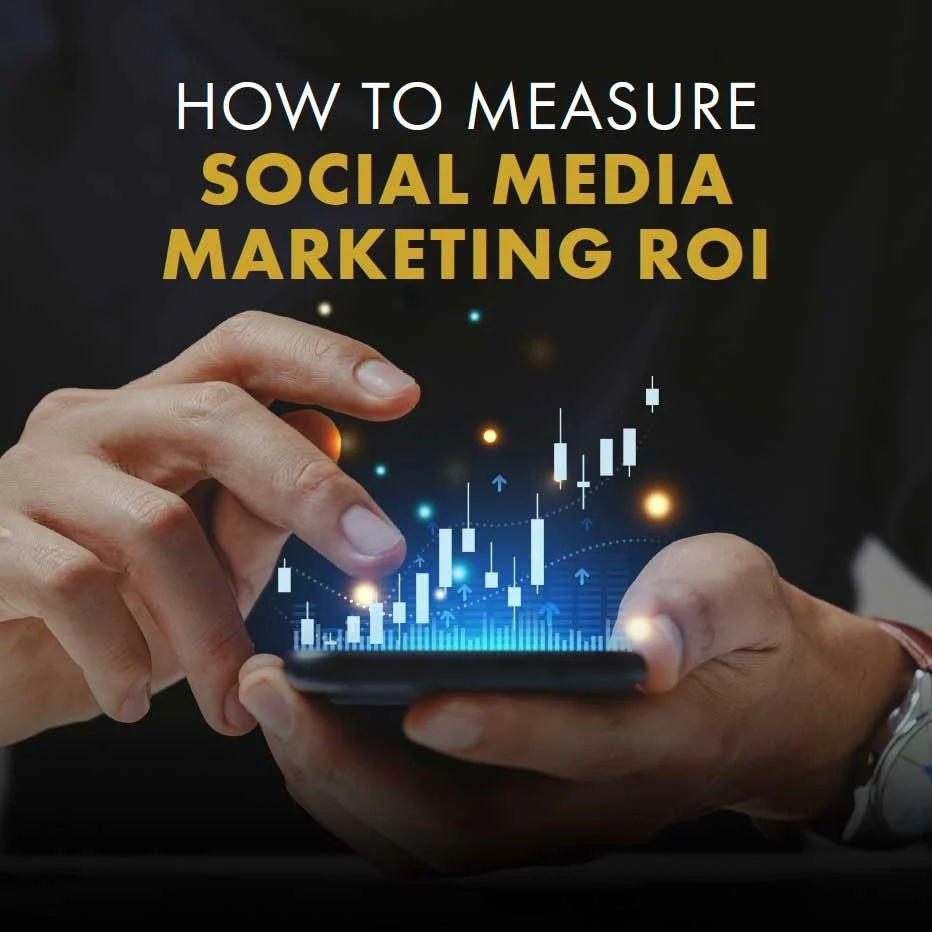
LinkedIn Ads is a powerful tool for marketers and small business owners. It stands out as a premier platform for reaching a professional audience. With its robust targeting options and professional user base, businesses can precisely target professionals based on job title, industry, skills, and more.
Many businesses often wonder how to set a budget for LinkedIn ad campaigns. This blog post will help you understand LinkedIn Ads, emphasize the importance of budget allocation, and provide practical tips for optimizing your spending to maximize ROI.
How LinkedIn Ads Work
Before going straight to the budget, you must understand how things work and what are LinkedIn’s key features. LinkedIn provides several ad formats, including Sponsored Content, Sponsored InMail, Text Ads, and Dynamic Ads. Each ad type serves different purposes and can be tailored to fit specific marketing goals, such as brand awareness, lead generation, or engagement.
Key Features of LinkedIn Ads
- Advanced Targeting: LinkedIn Ads offer intricate targeting options, allowing advertisers to reach a highly specific audience. Marketers can target users based on their professional details such as job title, company, industry, skills, and even group memberships. This ensures your ads are shown to the most relevant audience, increasing engagement and conversions.
- Ad Format Variety: The platform provides a diverse array of ad formats to suit different campaign objectives. Sponsored Content appears directly in the LinkedIn feed, which is perfect for driving engagement and content promotion. Sponsored InMail allows for personalized messages delivered straight to a user's inbox. It is also excellent for direct outreach and lead nurturing. Text Ads and Dynamic Ads offer additional ways to capture attention through sidebar placements and personalized ad experiences respectively.
- Insightful Analytics: LinkedIn's comprehensive analytics offer detailed insights into ad performance. Metrics such as impressions, clicks, social actions, and conversion rates help marketers evaluate the effectiveness of their campaigns and make informed decisions. These insights enable continuous optimization, ensuring that the campaign budget is allocated efficiently and yielding the best possible ROI.
- Lead Generation Forms: LinkedIn's Lead Gen Forms simplify the process of collecting leads by allowing users to submit their details directly within the platform, without navigating away from the ad. This reduces friction and increases conversion rates, making it easier for businesses to capture high-quality leads.
Understanding these key features is crucial as they form the foundation upon which you can build your budget strategy. With the right knowledge of how LinkedIn Ads work, you can allocate your budget more effectively to leverage these features for maximum impact.
Factors to Consider When Setting Your Budget
Setting the right budget is pivotal to the success of your LinkedIn ad campaigns. An efficiently allocated budget ensures that your ads achieve maximum reach and engagement while avoiding unnecessary expenditure. Budgeting involves several factors, including your overall marketing goals, the specific objectives of your LinkedIn campaigns, and the competitive landscape within your industry.
- Campaign Objectives: Clearly defining what you aim to achieve with your LinkedIn Ads is the first step in setting an effective budget. Whether your goal is to boost brand awareness, generate leads, or drive website traffic, your budget should align with these objectives. Different goals require different levels of investment; for instance, lead generation might need a higher budget due to the cost of acquiring quality leads.
- Target Audience: LinkedIn offers detailed targeting options to help you reach your ideal audience. However, it's essential to consider the size of your target audience when setting your budget. A smaller, highly targeted audience may require a higher budget to achieve meaningful results, as reaching each individual may be more costly. Conversely, a broader audience may allow for more cost-effective advertising but could result in lower engagement rates.
- Bid Strategy: LinkedIn offers various bidding options such as Cost Per Click (CPC), Cost Per Impression (CPM), and Dynamic Bidding. The way you choose a bid strategy will influence how you spend your budget. CPC bidding is beneficial for driving traffic, while CPM is often used for brand awareness campaigns. Dynamic bidding adjusts your bids in real-time, helping to optimize your spending based on competition and user engagement.
- Industry Benchmarks: Researching industry benchmarks can provide valuable insights into how much to budget for your campaigns. Understanding the average CPC or CPM within your industry helps to set realistic expectations and prevents under or over-spending.
- Duration and Timing: The length and timing of your campaign also play a crucial role in budgeting. Short bursts of high spending may drive rapid engagement, whereas longer campaigns with steady spending can build sustained awareness and continuous lead flow. Additionally, consider any seasonality in your industry that might require a budget adjustment to capitalize on peak times.
- Cost of Advertising on LinkedIn: LinkedIn advertising can be more expensive compared to other platforms like Facebook or Google. The costs per click (CPC) and cost per mile (CPM) on LinkedIn tend to be higher, primarily because of the platform’s professional and business-focused audience. This means advertisers often target decision-makers and professionals with higher purchasing power, which can justify the increased investment.
- Competitive Landscape: Analyze your competitors' spending patterns and strategies to gain valuable insights. Understanding how they allocate their resources and approach the market can help you set a realistic budget. This information can guide your financial planning, ensuring you invest wisely and stay competitive in your industry.
The potential for high-quality leads and a more targeted reach might offset LinkedIn's high costs, providing a valuable return on investment for businesses aiming to connect with a niche market. Be prepared to allocate a larger budget for LinkedIn campaigns to achieve your marketing objectives effectively.
Practical Tips for Optimizing Your Budget
To make the most out of your LinkedIn ad spend, consider the following detailed tips:
- Start Small and Scale: Begin with a smaller budget to experiment with different ad formats (such as sponsored content, text ads, and InMail) and targeting options (like job titles, industries, and company sizes). This allows you to identify which combinations bring the best results. Once you determine what works, gradually increase your budget to amplify successful campaigns while minimizing risk.
- Use LinkedIn's Bid Strategies: Utilize automated bidding options provided by LinkedIn to optimize your ads for specific outcomes, whether that’s clicks, impressions, or conversions. Automated bidding can help manage your budget more efficiently by adjusting bids in real time based on competition and performance.
- Monitor and Adjust: Continuously monitor your campaign’s performance through LinkedIn’s analytics dashboard. Track key metrics such as click-through rates (CTR), cost per click (CPC), conversion rates, and return on ad spend (ROAS). Regularly analyze this data to make informed adjustments to your budget allocation, targeting criteria, and ad creatives to improve overall effectiveness.
- A/B Testing: Conduct A/B tests by creating multiple versions of your ads with variations in creatives, headlines, and targeting options. This helps determine which elements resonate best with your audience. For instance, you might test different call-to-action phrases or images to see which gets more engagement. Use the insights gained from these tests to refine and enhance your ad strategy.
- Utilize LinkedIn's Insight Tag: Implement the LinkedIn Insight Tag on your website to gather valuable data on visitor behavior. This pixel allows you to track conversions, view demographic information of your visitors, and create retargeting campaigns. By retargeting visitors who have previously engaged with your website, you can deliver more personalized and effective ads.
Conclusion
Setting a LinkedIn ads campaign budget is a critical step toward achieving your marketing goals. By understanding the basics of LinkedIn Ads, considering essential factors, and implementing practical optimization tips, you can maximize your ROI and drive meaningful results. Remember, continuous monitoring and adjustment are key to sustaining a successful LinkedIn ad campaign.
Are you ready to take your LinkedIn advertising to the next level? Start by outlining your goals, understanding your audience, and setting a budget that aligns with your objectives. With careful planning and execution, LinkedIn Ads can become a cornerstone of your digital marketing strategy.



.webp)






